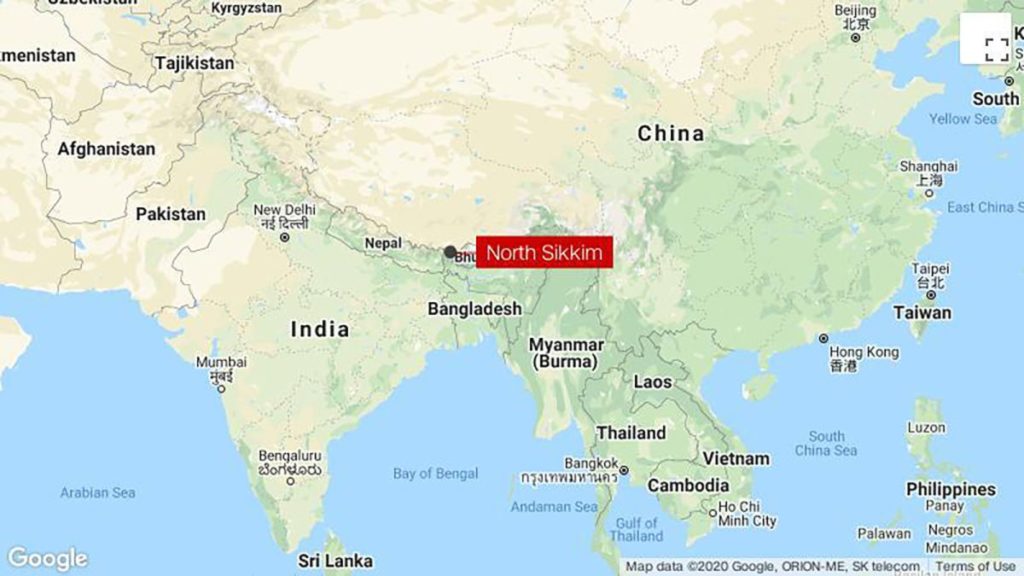As troops in the Himalayas hunker down ahead of the brutal winter, the outcome of the worst clashes in decades is becoming clear: China has pushed further into territory once patrolled exclusively by India, Bloomberg reported.
A summer of fighting saw India lose control over about 300 square kilometers (115 square miles) of land along the disputed mountainous terrain, according to Indian officials familiar with the situation. Chinese soldiers now prevent Indian patrols in the area, which is about five times the size of Manhattan.
The last six months have effectively drawn new battle lines across a freezing high-altitude desert, raising tensions to their highest point since India and China fought a war in the area six decades ago. Both armies are now preparing to stand their ground in mostly uninhabited terrain during winter months in which temperatures can drop to 40 degrees below zero.
“We have not seen an expanded winter deployment since the 1962 war,” said Lieutenant General D. S. Hooda, a former Northern Army commander responsible for an area that stretches across the Himalayas to the highest pass between India and China at 18,176 feet (5,540 meters).
“Both countries are digging in,” he said. “It tells us that attitudes are hardening … we could see an extended period of tensions that could have unintended consequences.”
The current “Line of Actual Control” separating the two countries partially adheres to boundaries drawn by the British in 1914 between Tibet and India.
Skirmishes were reported after India granted the Dalai Lama asylum following an uprising against Chinese rule in Tibet in 1959, leading to the war shortly afterward. Five treaties since then have failed to stem periodic clashes.
At stake for both sides is control over strategic outposts like the Karakoram Pass, which runs from India into China’s Xinjiang region. A hold on the ancient Silk Road route could potentially give China easier road access to Pakistan, a long-time ally, opening up trade corridors into Central Asian countries that are key to the success of President Xi Jinping’s Belt and Road Initiative.
While India conducted little activity in the border area for years after the war, over the past decade it began building new infrastructure. India recently opened the first of seven tunnels in key parts of the Himalayas to facilitate troop movements, and also completed a 255-kilometer road connecting a major regional city to the Karakoram Pass.
